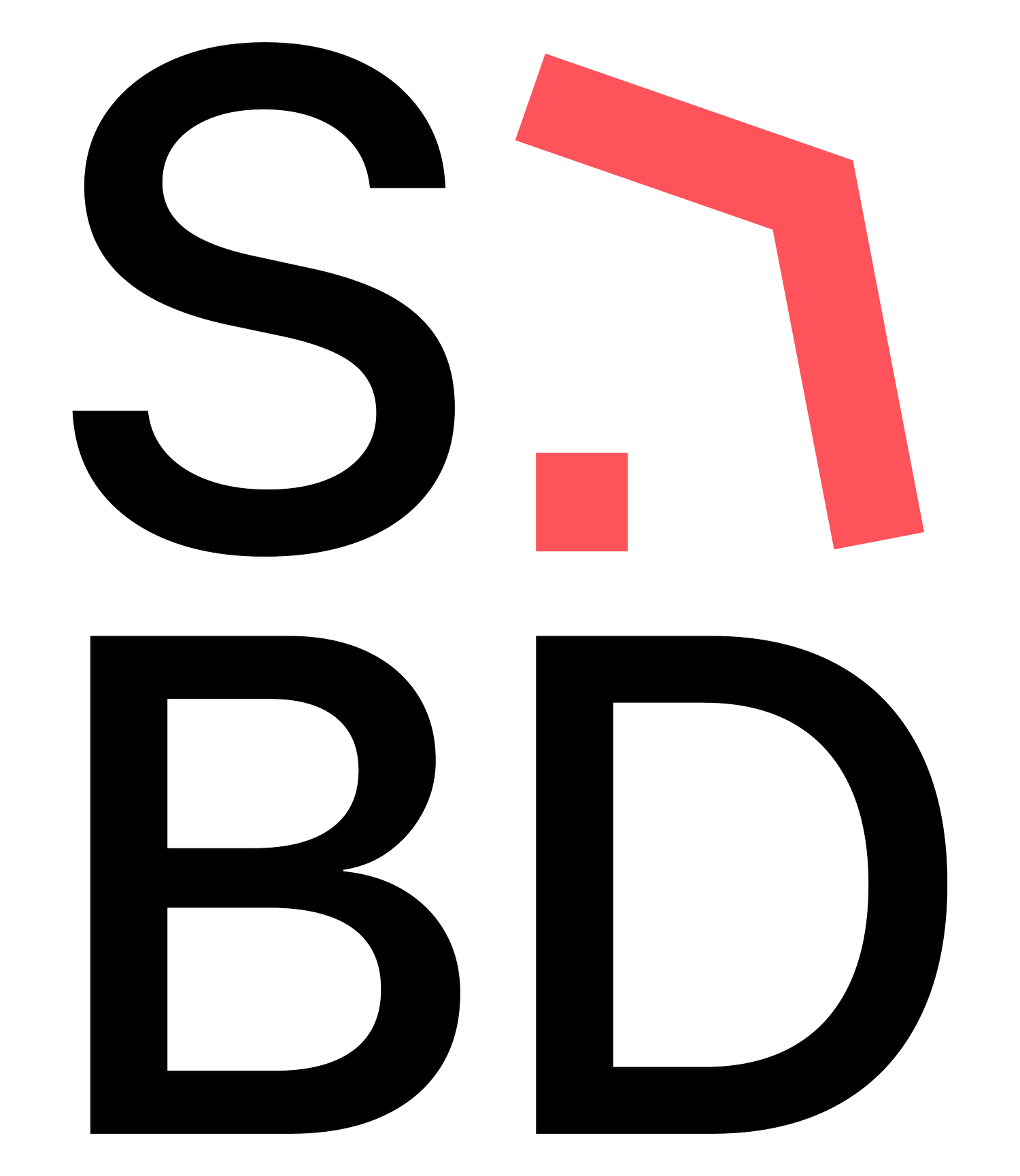A Guide to Your Brand Files.
You might find yourself a little overwhelmed with the sea of file formats received, however, each has its unique purpose and characteristics to help your brand (and business) thrive! Let us guide you with a breakdown on the file types you may have received and how to use them.
Everyone’s Favourite - PNG
Portable Network Graphics (the good old PNG) is a versatile format that is widely used for web applications and digital graphics. It’s a less compressed file that maintains a high quality without sacrificing detail. The background is transparent which can ensure seamless integration into websites, social media, email signatures and other digital interfaces.
JPEG
Joint Photographic Experts Group (JPEG), ironically just named after the group who created it, is a file that has a great balance between image quality and file size, making it suitable for a variety of applications. Photographs and images with gradients are best saved as JPEGs as it allows for a lossy compression - meaning some data is discarded to reduce the file size. You may receive a logo as a JPEG which can be used when a smaller file size is required.
A Portable Document Format (PDF) file is super versatile and provides universal and consistent viewing, no matter the device. PDFs are a good file used for print or viewing your branding work.
EPS - Our Design Secret!
Encapsulated PostScript (EPS) files are the superheroes of the design world, especially when it comes to print. This is a digital vector file, so it can be re-sized indefinitely and not lose any quality. Large-scale prints like banners and billboards optimally use EPS files, which keeps your brand looking crisp and clean! You won’t necessarily always need this file, however it is good to have on hand.
SVG
Scalable Vector Graphics (SVG) are most popular for the responsive design of custom websites. It’s a file that is resolution-independent and can adapt to various screen sizes without losing quality, i.e. your logo will look super sharp on your website no matter if it’s viewed on a desktop or mobile device!
While you may receive some, or all, of these file types pending on your branding package, it’s good to have some knowledge about when and where you should use the file. Generally, when you work with a graphic designer, sign writer or marketing expert, they’ll request certain file types for different projects.

